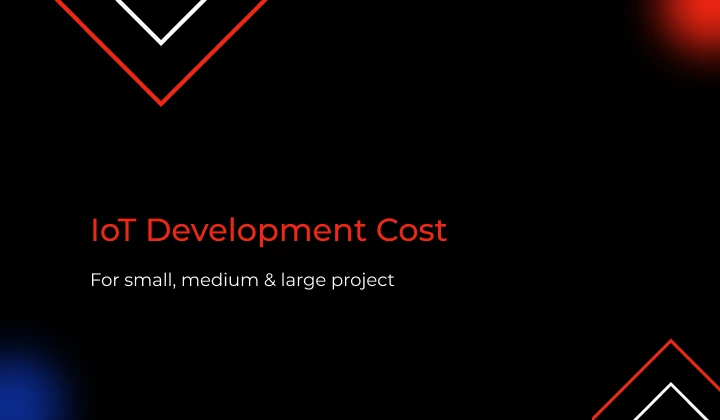IoT has redefined the way devices communicate, weaving intelligence and connectivity into industries worldwide.
But what powers the seamless interactions between these devices?
The answer often lies in the network topology — a crucial framework shaping their performance and reliability.
One standout choice is peer-to-peer (P2P) topology, known for enabling direct device communication and decentralized decision-making without relying on a central hub.
Curious about how this works and why it’s important?
Dive into this blog as we uncover the potential of P2P topology for IoT, its unique advantages, the challenges it brings, and where it’s making a difference.






 7 mins
7 mins











 Talk to Our
Consultants
Talk to Our
Consultants Chat with
Our Experts
Chat with
Our Experts Write us
an Email
Write us
an Email







